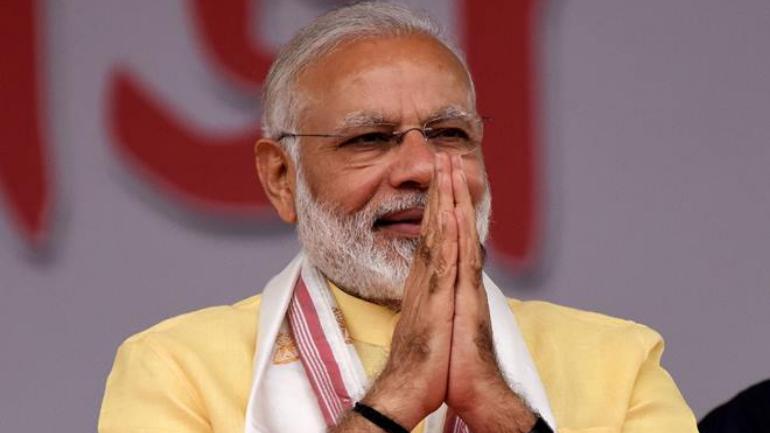
Western Uttar Pradesh’s vote likely to be one for change

Eight constituencies in western Uttar Pradesh are going to polls on April 11. A deep dive into western UP, especially the rural belt of the wild west of the state, shows that there is an alarming agrarian crisis besides the stray cattle menace. Sugarcane farmers too have not been getting their dues. All these factors combined, indeed, ring alarm bells for the ruling Bhartiya Janata Party (BJP) which had swept the entire 16 seats of western Uttar Pradesh in 2014.
The Samajwadi Party (SP)-Bahujan Samaj Party (BSP) and the Rashtriya Lok Dal (RLD) combine has knit a very formidable political web in this part of Uttar Pradesh this time around. The Dalit-Muslim-Yadav combine clubbed with the Jat vote, is one combination which the BJP is indeed finding too tough to break. This is coupled with a four-layered anti-incumbency – the anti-incumbency of five years of Modi rule, that of the sitting MPs, the two years of Yogi Adityanath government, and that of the sitting MLAs.
In some Parliamentary constituencies, anger is so pronounced against the sitting MPs that there are ‘MP missing’ posters promising a reward of ₹1001, if they are ‘found.’ In other constituencies, posters saying ‘Modi Tumse Bair Nahi – Par is MP ki Khair Nahi’ (We have no enmity with Modi but we will not forgive the M.P).
This apart, when the process of finalising tickets got underway, at the BJP headquarters in New Delhi, there were about a hundred party workers raising slogans against their own sitting MP from the National Capital Region (NCR), who is also a powerful minister in the Modi government.
This shows, the BJP high command has failed to the gauge the mood of its workers and voters and gave tickets to sitting MPs. The policy of ticket distribution of the ruling party seems to be intriguing as there seems to be no uniformity. While, all ten sitting members of Parliament were denied tickets in Chattisgarh, the same yardstick was not applied elsewhere. If anti-incumbency is high in one state and all sitting MPs face the axe, one fails to understand why this rule is not applied to the Hindi-heartland of Uttar Pradesh! Here, in Uttar Pradesh, only nearly 30 per cent of the sitting MPs have faced the axe and some non-performers have been given a chance again.
Another major force working against the saffron party is that there is a huge divide between the sitting MPs and MLAs (both from the BJP) in Western Uttar Pradesh. The MLAs seem to be working against their MPs, mostly due to ego clashes.
Some days ago, what was seen as a big plus for the Modi government – the Pulwama air strikes and home-coming of captured Wing Commander Abhinandan Varthman, has now waned in public memory. The chest thumping time is over and the voters area actually seeking ‘roti, kapda aur makan.’
Another factor which seems to be going against the BJP is the lack of connect with the with the people. It is indeed a fact that most MPs in Uttar Pradesh won riding high on the strong Modi wave of 2014. Voters of this belt openly complain that their MPs are coming to them for the first time since the previous election.
On April 11, the seats which go to polls in Uttar Pradesh are Gautam Budh Nagar, Ghaziabad, Saharanpur, Kairana, Muzaffar Nagar, Bijnore, Baghpat and Meerut. The region is also called the ‘sugar bowl of India’ but things do not look sweet for the BJP. The reason is apparent – the Dalit, Muslim, Yadav and Jat voters seem to have set aside all their differences. They are in a huddle to discuss their choice and their vote seems to be for a change.
(Vivek Avasthi is a Senior Editor – Politics with BTVI – Business Television India)


